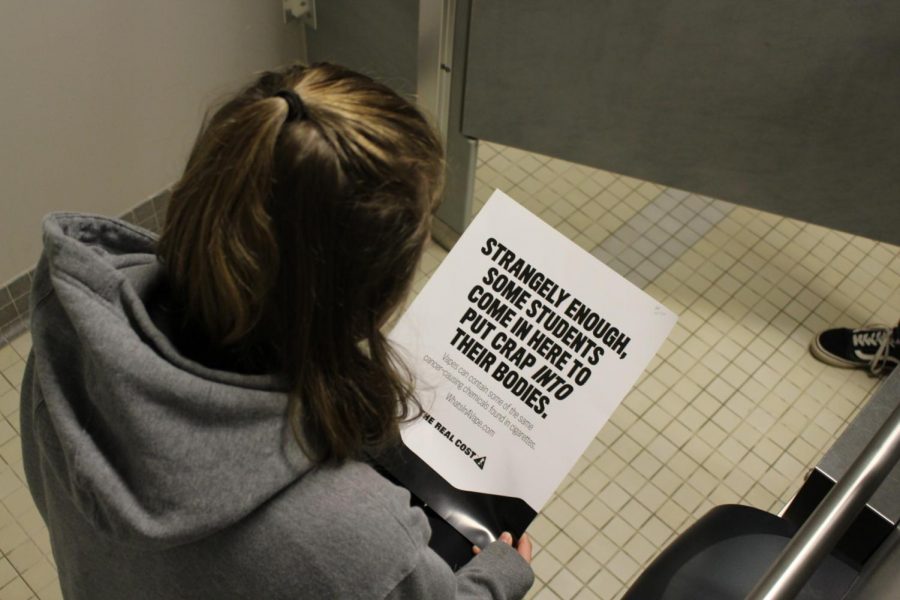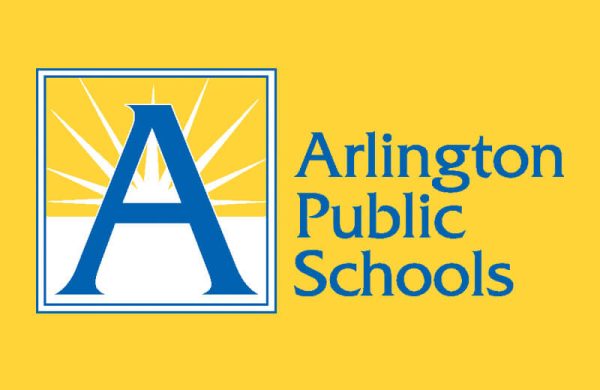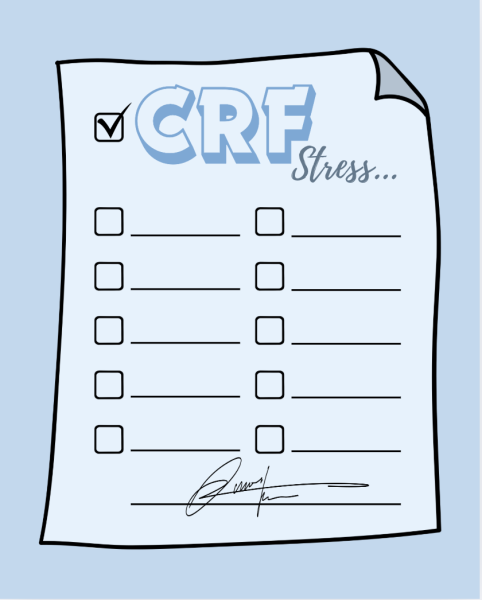NicoTEEN addiction
In 2017, about 5 percent of students admitted to vaping on school grounds in an anonymous survey done by the Crossed Sabres. Arlington Public Schools (APS) has measures in place, such as Second Chance, designed to combat drug and alcohol use in the county.
According to the National Institute on Drug Abuse (NIDA) 32.3 percent of sophomores and 37.3 percent of seniors admit to vaping. Based on the data provided by NIDA, the majority of the chemicals these reported teens, especially seniors, are vaping contain nicotine. In a small W-L survey conducted in 2017, around five percent of students anonymously admitted to vaping on school grounds. Teenagers are vaping, especially at the school, but at this point this is not new news. The administration and staff have been taking steps to prevent vape use for quite some time.
However, despite the significant number of teenagers using nicotine vape products, it is unclear what resources are available to minors who seek treatment for nicotine.
Two vapes commonly used by students at the school are the JUUL and the Sourin. Both of these products’ websites claim to aid adults over 21, who currently smoke cigarettes, by providing them with a vape alternative.
According to the Juul.com website, “JUUL Labs’ mission is to eliminate cigarettes. JUUL products are intended for adult smokers who want to switch from combustible cigarettes.”
It is ironic that a product intended to help adults quit smoking has led to a new issue: teenage vaping and teenage nicotine addiction. Last year’s article, “Too JUUL for School”, which covered the vaping issue specific to the school, caught the attention of a JUUL company spokesperson who responded with the following statement shortly after the article’s publication:
“Our goal is to further reduce the number of minors who possess or use tobacco products, including vapor products, and to find ways to keep young people from ever trying these products. We approach this with a combination of education, enforcement, technology and partnership with others who are focused on this issue, including lawmakers, educators and our business partners.”
Despite this comment and their efforts, teenagers are still using their vapes, JUULs in particular, and are finding ways to work around the restrictions put in place
An anonymous junior (Source #1) at the school admitted to being addicted to nicotine. A friend offered him his first hit of a JUUL at age 15 in a school bathroom. Within seconds he realized he liked the way it made him feel. For about a month, he continued to use JUULs only when offered one by friends, but after about a month, he purchased his own. He very quickly became addicted.
“I realized that I was going to the bathroom to get a buzz in almost every class and at home I would constantly stay in my room and vape,” anonymous Source #1 said. “Even when I went out to dinner with my family, I would often find an excuse to go to the bathroom [to vape].”
His parents eventually caught him when they found his JUUL. However, to feed his nicotine addiction, he turned to even more harmful nicotine products.
“I was forced to quit [vaping] for about a month last spring after my parents discovered my paraphernalia,” Source #1 said. “I smoked cigarettes for about a week in order to get nicotine. It was my first time [smoking cigarettes]. ”
The most common treatment methods for nicotine addiction or dependence include nicotine replacements like patches or gums, medications both with and without nicotine and therapy.
However, many of these options are only available to people over 18 or are not realistic for the majority of high school students. Nicotine products were never intended for minors, but the issue needs to be addressed nonetheless.
“It is not one solution, and people think that just you telling them you need to quit or just sending them to Second Chance [is enough], but it is not [one solution]. There has to be some personal motivation to quit,” Substance Abuse Counselor Ms. Maria Ceballo said. “Residential treatment is very expensive. This is a new thing. Most places do not focus on nicotine addiction. There are nicotine sensation programs so [there is counseling]. The patch or the gum that has nicotine in it [has] been approved for adults, not for adolescents. I think it is important that parents contact their kid’s healthcare providers and have a specific treatment for those [extreme] cases.”
Ms. Ceballo recommends that students come to her if they are looking to quit vaping. This is a confidential way for students to get help as she can only inform parents about their child’s substance abuse with written permission from that student. However, if a student gets caught for using banned products on school grounds, students are referred to Second Chance, a substance abuse prevention program for first time offenders.
“We believe it is important to include an educational component as well to support students in making better decisions moving forward, so all substance violations include a referral to the school substance abuse counselor,” Dr. Gregg Robertson said in an interview with the Crossed Sabres in 2017.
However, some students have expressed that Second Chance is not effective. Another anonymous junior (Source #2) also admitted to an addiction. He began using nicotine products in middle school. In his sophomore year, he got drunk and threw up on a girl at a football game, and was referred to Second Chance.
“Honestly Second Chance is a joke. You go and you talk about what drugs you’ve done and what happened when you were on those drugs,” Anonymous Source #2 said. “It’s basically just an escape from school. It doesn’t work at all, like, everyone I know from Second Chance still does the s*** that they’ve done.”
Ms. Ceballo is aware of the skepticism regarding Second Chance.
“I think it is effective if the student wants to quit,” Ms. Ceballo said. “Part of the work I do with students that are in that position is try to help them find a reason to change [and] it can be an external reason, trying to find out what can motivate that student to quit, and maybe not quit at the beginning but reduce. How can we help that student reduce instead of using every day every break that he has, try to help him reduce with a plan.”
Bill SB 1727 was signed into effect on February 21 by Virginia governor Ralph Northam, changing the minimum age for nicotine products from 18 to 21. This will increase the number of people who are not allowed to use nicotine products.
“The school cannot [stop vaping] alone,” Ceballo said. “It has to be a partnership with parents and the community.”













